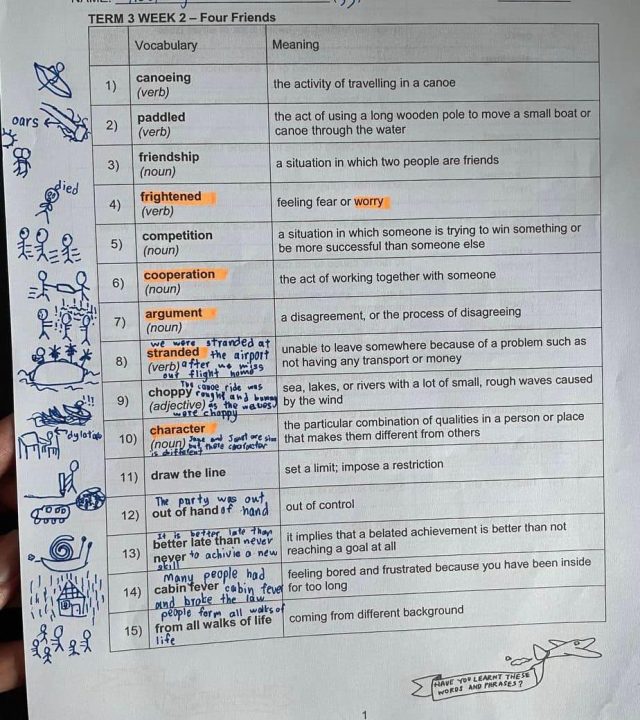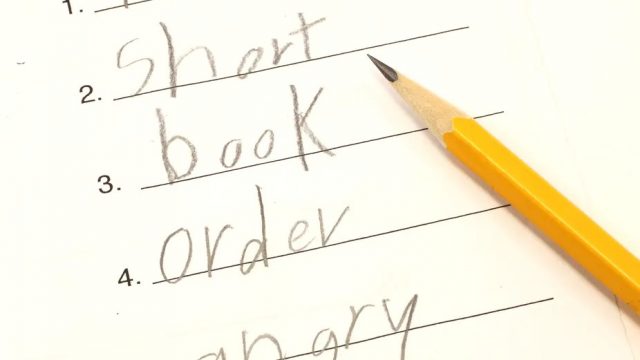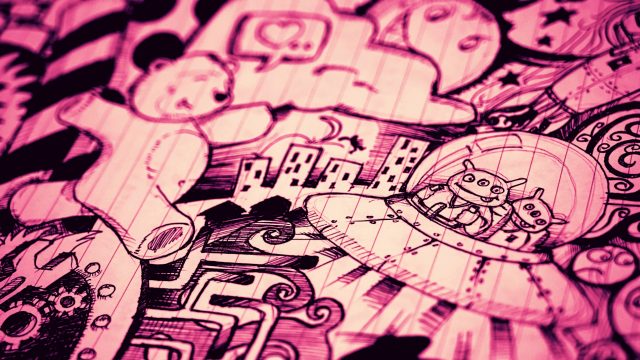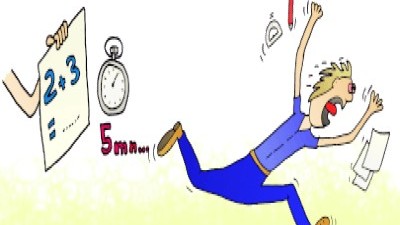Understanding the Dyslexic Thinking Style
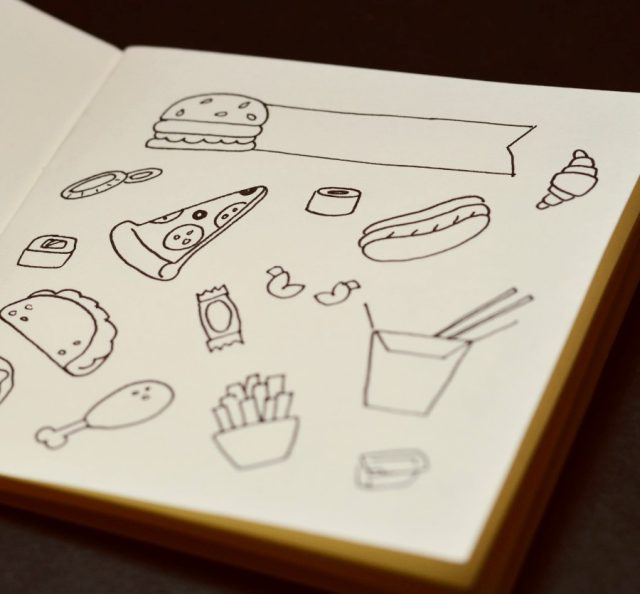
We typically think in 2 ways: word thinking and picture thinking.
Word thinking is simply thinking with the sounds of words in your mind. It is a monologue that goes on in your head.
I often find myself engaging in word thinking, for example, when I rehearse a presentation I’m going to give, or when sorting out a problem in my head.
Picture thinking, a preference for most dyslexics, is about mental imagery. It is thinking with any of the senses (sound, smell, taste, feeling, visual) in our imagination.
A dyslexic chef I once interviewed described how he can mentally picture the taste of a dish he is creating before actually testing it out in reality.
When you give direction to someone, we most likely see pictures of where the person needs to go and the pictures then give you the words to say to the person.
Dyslexics find it easier to retain information when they see mental images as opposed to words.
Try this experiment: Ask your child to draw a few random pictures (simple ones and suggest drawing 6 pictures or more) and write down a similar number of random words not related to the pictures. Then get your child to point to each of the drawings and name it, then point to each of the word and say it.
Next, ask your child to close his/her eyes and see whether it’s easier for him/her to recall the drawings or the words. This exercise should give you a clue as to whether your child is more of a word or picture thinker.
To prove my point further, here is a picture of a spelling list shared with me by the parent of a dyslexic boy (who had completed the Davis Dyslexia Correction Programme). See how he doodled next to the words. By drawing a representation or idea of what the word means, it helped him to attach a visual image to the words.
Unlike before where he used to just memorise his spelling words (and even then, not all the words would stick for him), his retention of words has gone up now that he understands and knows how to work with his strength (creating mental pictures) rather than weakness (memorising).
